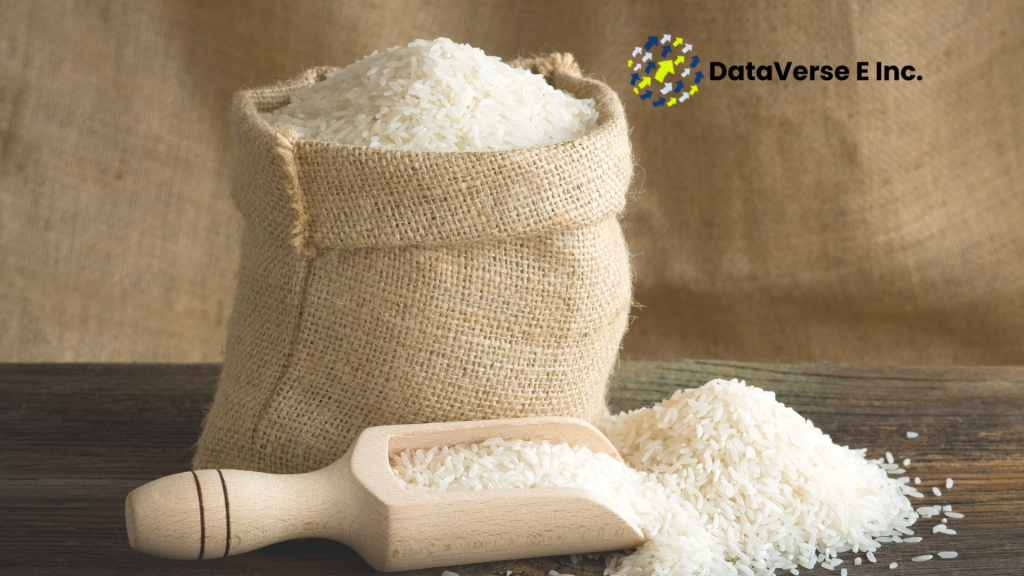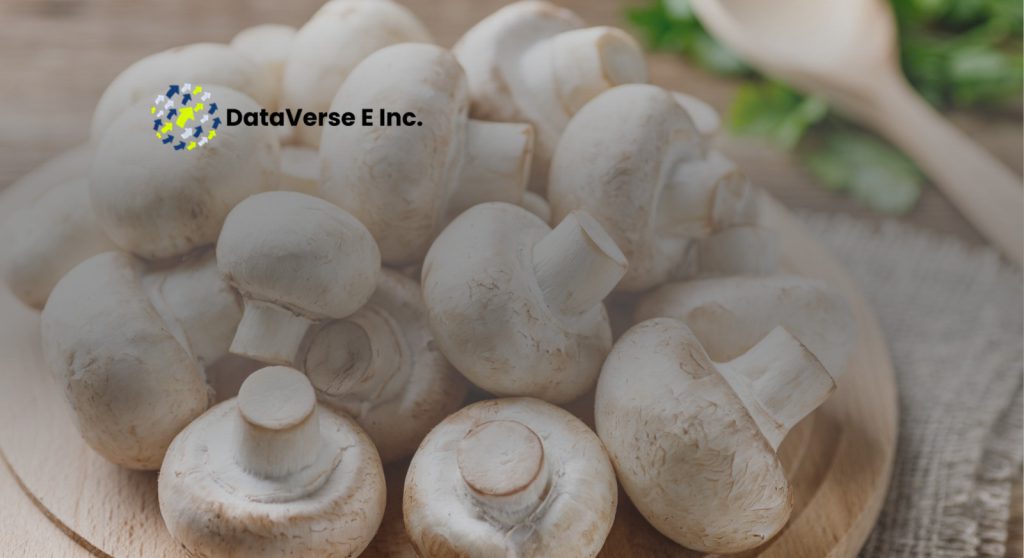Sugar is a huge part of the world’s economy, not just because it’s used in so many things but also because it’s a big business. In 2024, the world sugar production reached a record 189.7 million tons of sugar. Brazil and India are the biggest producers, with Brazil making 46.88 million tons and India making 35.5 million tons. The global sugar trade is worth about $70.59 billion, showing how important it is to the economy.
But there are some challenges for the sugar industry. People are becoming more concerned about their health, and many are choosing healthier sweet alternatives. Plus, sugar production and prices are influenced by things like trade rules and changes in global demand. New medications that help with weight loss, like GLP-1 receptor agonists, are also affecting how much sugar people consume because they reduce hunger.
Despite these challenges, the sugar industry is adapting. New technologies are improving how sugar is processed, and more focus is being put on sustainable farming and eco-friendly practices. As demand for sugar grows in places like developing countries and new technology makes sugar production more efficient, sugar will continue to be an important part of the global economy, even as the industry changes.
The Global Sugar Industry: An Overview
The global sugar industry is a massive multibillion-dollar business that relies on the cultivation of sugarcane and sugar beets. Sugarcane, which is grown in tropical regions, makes up 80% of the world’s sugar production, while sugar beets grow best in cooler climates. Brazil, India, Thailand, and the European Union are some of the leading sugar producers in the world.
Sugar production depends a lot on the weather because things like rainfall, temperature, and soil quality can affect how much sugar is produced. The industry benefits from better farming techniques, which make production more efficient, and genetically modified crops are also helping improve the way sugar is grown.
Brazil is the top exporter of sugar, while countries like China and the United States import most of their sugar. However, the sugar industry faces sustainability challenges, such as the overuse of water, deforestation, and carbon emissions from production processes. These environmental concerns are becoming more important as the industry continues to grow.
Leading Sugar Producers: Top 10 Countries
In 2024, countries around the world contributed large amounts of sugar to meet global demand. Each country in the top 10 sugar producers has its own strengths in growing sugar, but they also face different challenges in the industry. This section takes a closer look at the main sugar-producing countries.
1) India
India continues to hold its position as the world’s top sugar producer, though the 2024-25 season saw a slower start compared to previous years. By November 30, 381 sugar mills had begun operations, crushing 33.268 million tonnes of sugarcane and producing 2.79 million tonnes of sugar. This decline from last season’s 4.32 million tonnes was mainly due to delayed crushing. With Maharashtra, Uttar Pradesh, and Karnataka leading production, India is expected to reach 28 million tonnes of sugar by the season’s end, according to the National Federation of Cooperative Sugar Factories Limited (NFCSF).
2) Brazil
As a global powerhouse in sugar production, Brazil remains a key player despite recent fluctuations. The first half of March 2025 brought an 18% drop in sugarcane crushing within the Center-South region, producing 1.83 million metric tons. Sugar output followed suit, falling by 19% to 52,000 tons. However, ethanol production surged by 20%, hitting 442 million liters. This shift highlights Brazil’s strategy of adjusting sugar and ethanol output based on market demands and profitability.
3) Thailand
With a well-established sugar industry, Thailand continues to be a major exporter. The country’s 2023/24 season recorded 8.75 million tonnes of sugar production, supported by favorable weather and strong government policies. A significant portion of Thailand’s sugarcane also goes toward ethanol production, aligning with global efforts to enhance renewable energy sources and reduce dependence on traditional fuel.
Interested in staying on top of the latest trends in the global sugar production industry? Get the insights you need to succeed in the growing sugar market and stay competitive with advanced tools like Dataversee platform. Start taking the first step toward getting your strategy right today!
4) China
Despite being a top producer, China still imports large amounts of sugar to meet its high domestic demand. Sugarcane fields across Guangxi, Yunnan, and Guangdong benefit from technological advancements and large-scale farming techniques. These improvements have strengthened production, but consumption remains higher than domestic supply, positioning China as both a major producer and an essential importer in the global market.
5) United States
The U.S. sugar industry thrives on both sugarcane and sugar beet production, with the 2023/24 season yielding approximately 8.28 million metric tons. Sugarcane grows primarily in Florida, Louisiana, and Texas, while sugar beet farming dominates states like Minnesota and North Dakota. Unlike many other sugar-producing nations, government price supports and import quotas play a critical role in keeping the domestic sugar market stable. Meanwhile, competition from high-fructose corn syrup continues to influence industry trends.
6) Russia
Russia has seen remarkable growth in sugar production, reporting a 47% increase in the first quarter of 2024. A strong sugar beet harvest contributed to this boost, reaching 744,200 metric tons. The country’s sugar sector benefits from government subsidies and modernization efforts, which have improved efficiency and reduced reliance on imports. Key producing regions include Krasnodar Krai, Tambov Oblast, and Voronezh Oblast, where sugar beet farming remains a major economic driver.
7) Mexico
Sugar remains a crucial agricultural product for Mexico, with key production hubs in Veracruz and Jalisco. Thanks to a favorable climate and supportive government policies, the country maintains steady production levels. Mexico’s sugar industry is also deeply connected to international trade, particularly with the U.S., where trade agreements provide an advantage for sugar exports.
8) France
As the European Union’s top sugar producer, France specializes in sugar beet cultivation, particularly in its northern regions. Advanced agricultural technology and efficient farming methods contribute to the country’s strong output. France plays a central role in the EU’s sugar market, ensuring stable production for both domestic consumption and exports across Europe and beyond.
9) Pakistan
The sugar industry in Pakistan is vital to the national economy, with Punjab and Sindh serving as the main production hubs. While challenges such as water shortages and unpredictable yields persist, the sector remains resilient. Government efforts to modernize farming techniques and improve infrastructure are essential in sustaining production levels and meeting domestic demand.
10) Australia
Despite being a historically strong sugar producer, Australia’s industry has faced significant setbacks in recent years. A combination of workforce shortages, inefficiencies in sugar mills, and unfavorable weather conditions left nearly 1.8 million tonnes of sugarcane unharvested in 2024, amounting to losses of around $179 million. Industry leaders stress the need for better transparency, investment, and collaboration to restore stability and ensure long-term sustainability.
Factors That Affect Sugar Production
Sugar production is affected by a mix of things like the weather, new technology, government rules, and how much money people have to spend. These factors decide how much sugar is made and how well the industry grows. Here’s what will mostly impact sugar production:
Climate Conditions: The growth of sugarcane and sugar beets relies a lot on the weather—mainly the temperature and how much it rains. If the temperature goes above 36°C, the crops don’t grow well. Farmers in China are especially struggling because of droughts in areas that rely only on rainwater.
New Technology: New technology in farming, like advanced machines and genetically improved crops, helps increase crop yield and helps them survive tough weather. Better technology in harvesting and processing makes things quicker and cheaper, which lowers the overall cost of production.
Government Rules and Policies: Sugar industries are controlled by government rules, including funding programs, strategies for importing and exporting sugar, and price controls. For example, in the European Union, the government sets limits on how much sugar can be produced and controls the price of sugar.
Market Demand: The global need for sugar influences how much is produced. As people look for healthier sugar alternatives and new markets open up, it helps increase sugar production.
Challenges Facing the Global Sugar Industry
Sugar farming is very important for agriculture around the world, but the industry faces many problems that need to be solved if it wants to keep going in the future. These challenges can both help and hurt how the sugar market works. Changes in the environment, shifting markets, health concerns, and the rising cost of production are all affecting the sugar industry. To succeed in the global market, sugar producers will need to come up with new ideas and change their strategies to keep up with these changes.
Climate Change and Environmental Impact
Heavy rain and droughts both hurt sugarcane and sugar beet farms. Sugarcane needs a lot of water, so when there’s not enough, it becomes a big problem for farmers. Some farming practices that harm the environment also make it harder to keep farming in a way that’s good for the planet.
Market Volatility and Trade Restrictions
Sugar prices around the world can change a lot because of how much sugar is being produced compared to how much is needed, as well as government rules and trade restrictions. Countries that grow a lot of sugar, like Brazil, India, and Thailand, sometimes limit how much they export to help their local farmers, which affects the sugar supply globally.
Health Concerns and Changing Consumer Preferences
As more people become concerned about health problems like obesity and diabetes, many are cutting down on sugar. Some governments are even adding taxes to sugary products and requiring clearer labels on packaging to help people make healthier choices. As a result, more people are turning to natural sweeteners instead of traditional sugar.
High Business Expenses and Lack of Workers
The sugar industry is facing rising costs, like higher fuel prices and more expensive fertilizers and transportation. It’s also harder to find enough workers for sugarcane farms, as many people prefer less physically demanding jobs. While machines can help, they aren’t always practical for smaller farms.
Final Words!
The future of global sugar production depends on how well the industry adapts to changes in the market, the environment, and what consumers want. Companies in the sugar industry need to use sustainable practices and keep up with new technologies while staying on top of market trends to stay competitive. Having reliable data about imports and exports is crucial for businesses that trade sugar. Companies that pay attention to market trends, production changes, and trade rules will be able to handle challenges and take advantage of new opportunities. Online Platforms like Dataversee, which provides detailed export-import data, can help businesses improve their strategies and stay ahead in the global sugar market. You can book a free demo to know how you can get and utilize valuable trade data for sugar exports and imports.






No comment yet, add your voice below!